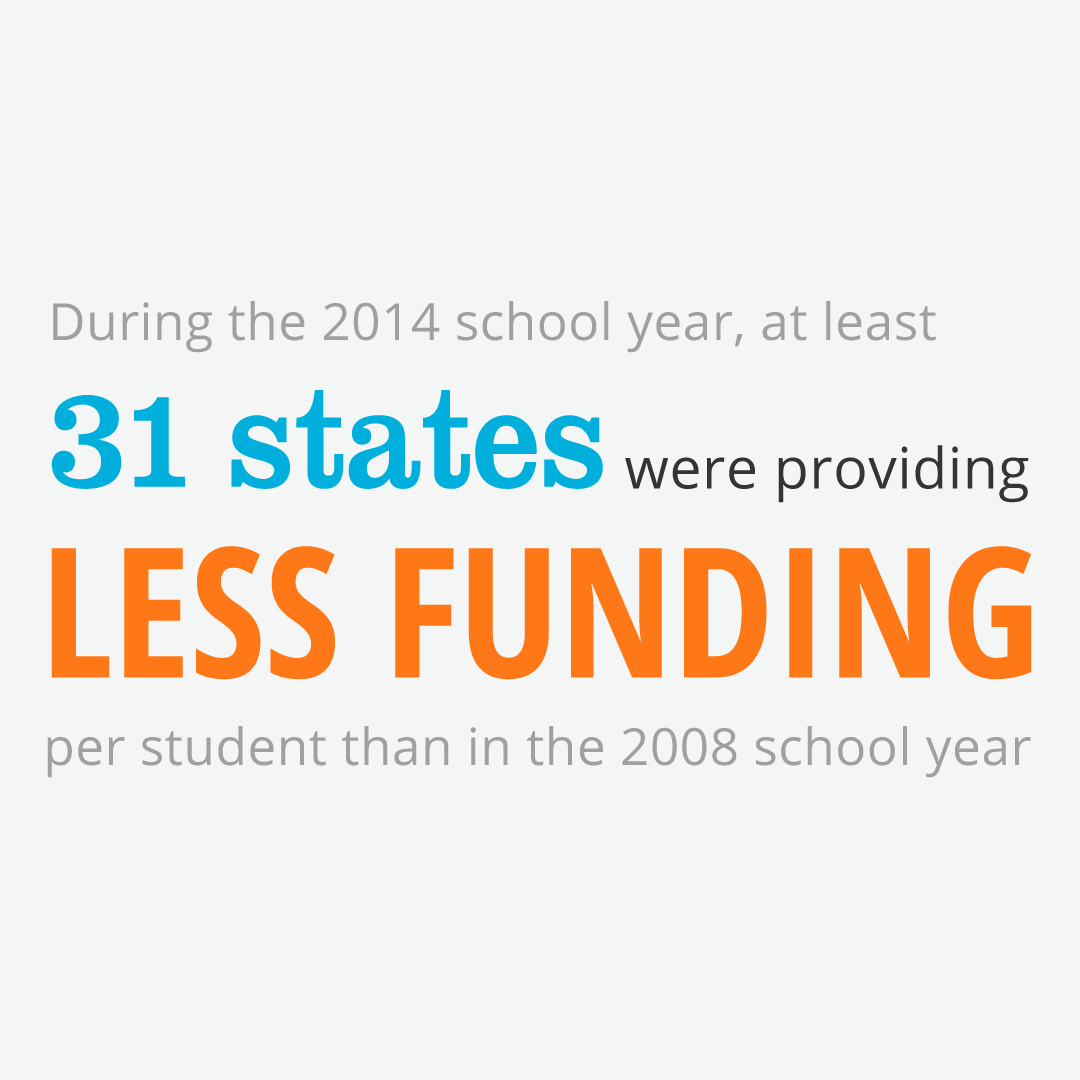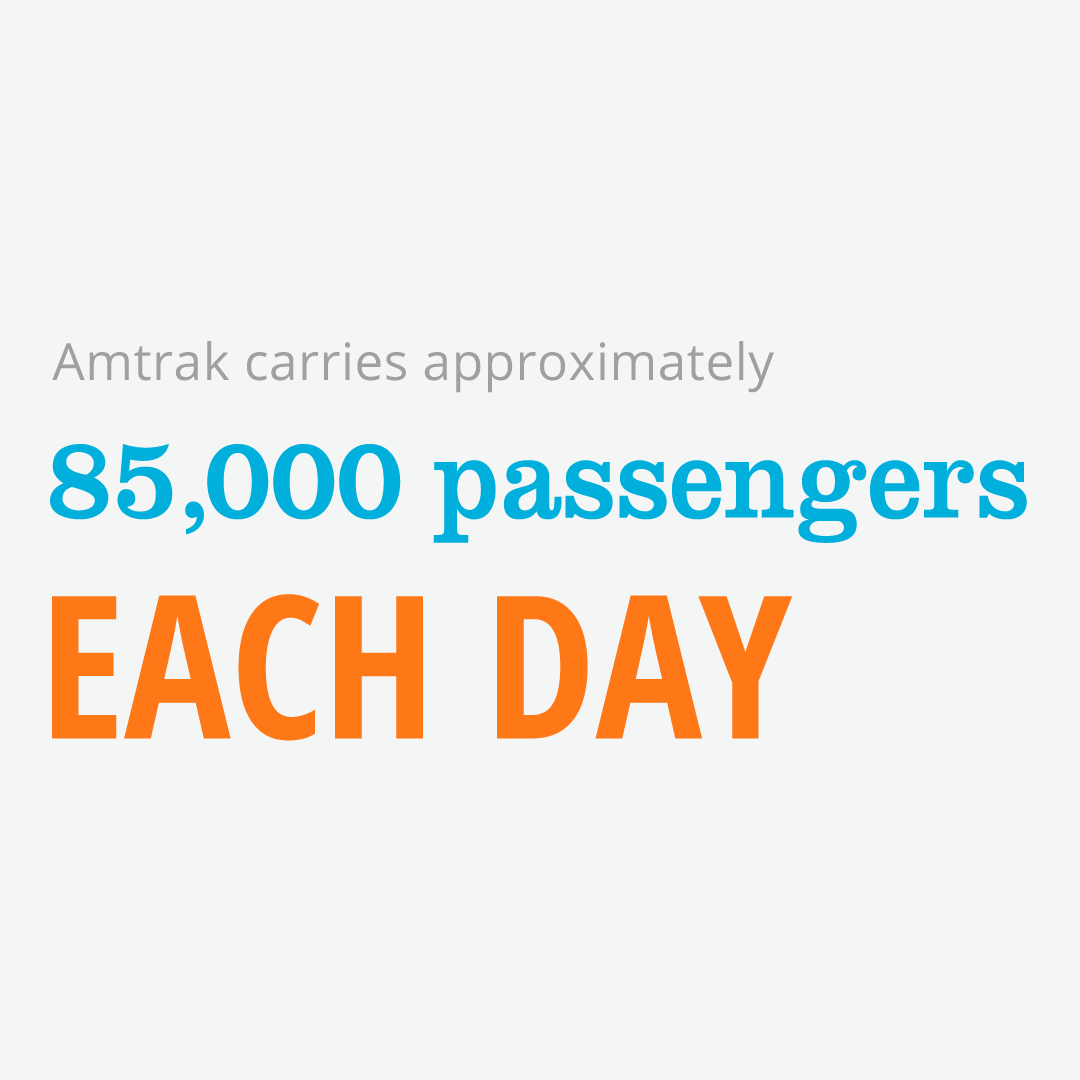The Following Post is Authored by Blaine Leonard, 2010 ASCE President, and the Transportation Technology Engineer at the Utah Department of Transportation, where he is responsible for planning and deployment of connected and automated vehicles.
Most of us will end up spending a good deal of time driving this holiday season, whether it’s traveling to visit family or making those last-minute trips to the grocery store. Winter weather and distracted drivers can make those extra trips hazardous. In fact, each year, nearly 40,000 Americans die in vehicle crashes. That is like losing a 737 MAX of passengers every other day due to traffic fatalities. Also alarming is that for the first time in years, pedestrian accidents are on the rise.
Those numbers can seem overwhelming and inevitable, but they don’t have to be. Fortunately, there is vehicle safety technology in over half the states across the country that can reduce those crashes by up to 80%, according to the National Highway Transportation Safety Administration. This technology is supported by major automakers as well as the National Safety Council and Consumer Reports magazine.
The talk of the town seems to be about autonomous, or self-driving vehicles, but the most life-saving technologies are those that enable vehicles to communicate with each other and their surroundings. Imagine that your vehicle knows when there are icy roads ahead and you need to slow down, or even better— that a car a short distance ahead of you has hit that icy spot and can warn you of a potential collision coming. Dedicated short-range communications, or DSRC-based technology, transmits safety messages about vehicle actions 10 times per second – meaning crashes could be prevented immediately when this technology is deployed.
When vehicles communicate with roadway infrastructure such as traffic lights and electronic signs, there are implications to how we plan, design, operate, and maintain our roadways. Operational programs are allowing transit buses which are behind schedule to ask the traffic light to stay green longer to get it back on a punctual schedule. This technology can alert you if a pedestrian is approaching a crosswalk on a dark, stormy, night with low visibility. The benefits for drivers, passengers, and pedestrians are exponential. Georgia alone has nearly 300 separate deployments already. Utah has almost 150.
To realize all of these benefits, the vehicles need to use a bandwidth similar to Wi-Fi to communicate with each other in a safe environment—free from interference. You don’t want someone trying to download the new Paw Patrol episode to block a signal from the vehicles on the road. So, the FCC set aside a channel called 5.9 for this “safety spectrum” just for automakers and transportation agencies to deploy these new technologies to make our roadways safer. It’s estimated that automakers have spent over $600 million on research and development and hundreds of millions of taxpayer dollars have been spent as well.
However, the Federal Communications Commission (FCC) just put safety at risk with a quick, unanimous vote on a Notice of Proposed Rulemaking to open up the airwaves, or 5.9 GHz spectrum, for unlicensed Wi-Fi use. Opening the airwaves would jeopardize the safety benefits –allowing cars to communicate with each other and share messages to prevent accidents – just so people can download movies faster. What matters more, entertainment or safety?
The FCC has also chosen to allocate a piece of the spectrum to an unproven, not-ready-for-deployment cellular technology over a proven, currently-being-deployed DSRC technology because of pressure from manufacturers.
In the last 20 years, DSRC has been widely deployed in the public sector and is still growing.
The FCC’s decision is harmful to the development and expansion of CAV technology. All 50 state departments of transportation, DC, and Puerto Rico expressed to the FCC the damage of what could be at stake if we don’t preserve the 5.9 GHz wireless spectrum for transportation safety. Lawmakers on both sides of the aisle, including several leading Republicans on the House Transportation Committee—Reps. Sam Graves and Rodney Davis, have also taken this position.
Automakers such as Volkswagen and General Motors have moved forward with DSRC, and others have paused their progress as they plead for more certainty from the federal government that their investments will be protected. While the FCC claims that the safety spectrum hasn’t been well used, some progress has been stalled specifically because the FCC has been wavering for two years on whether the spectrum will remain. We need federal regulators to be on the side of safety and provide certainty that these technologies will be allowed to move forward to protect drives and pedestrians.
ASCE urges Congress to put safety first and to tell the FCC to look elsewhere for that extra bandwidth.























































